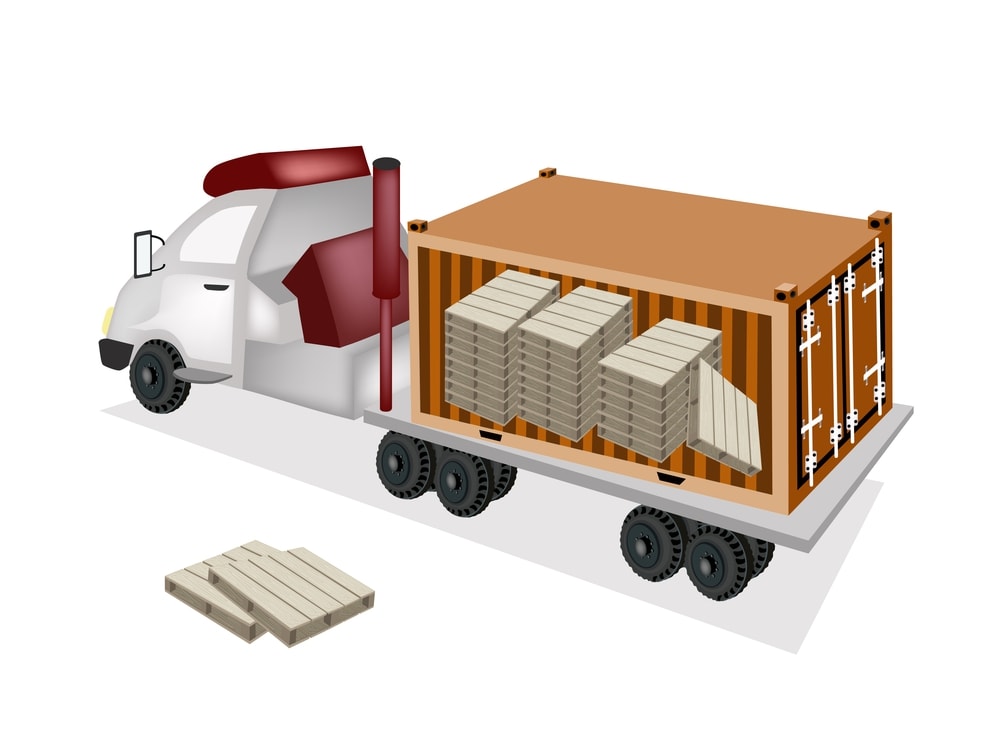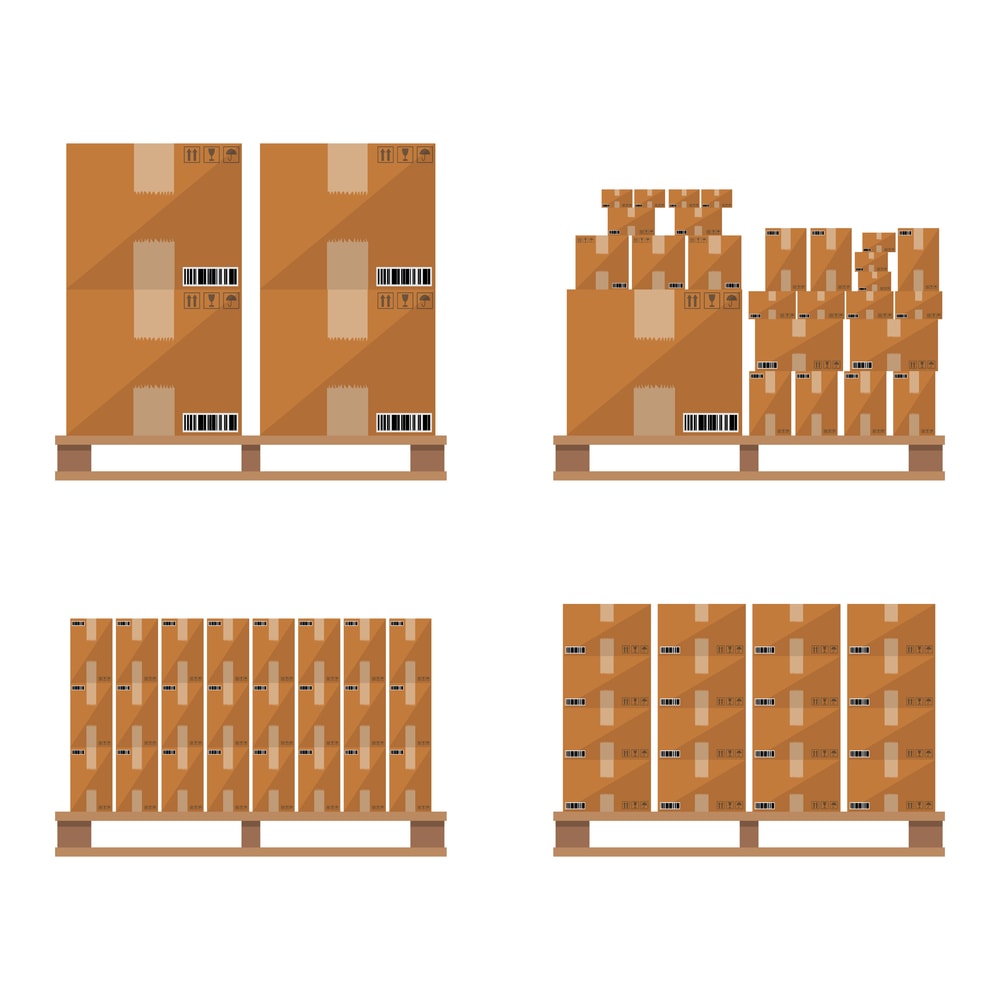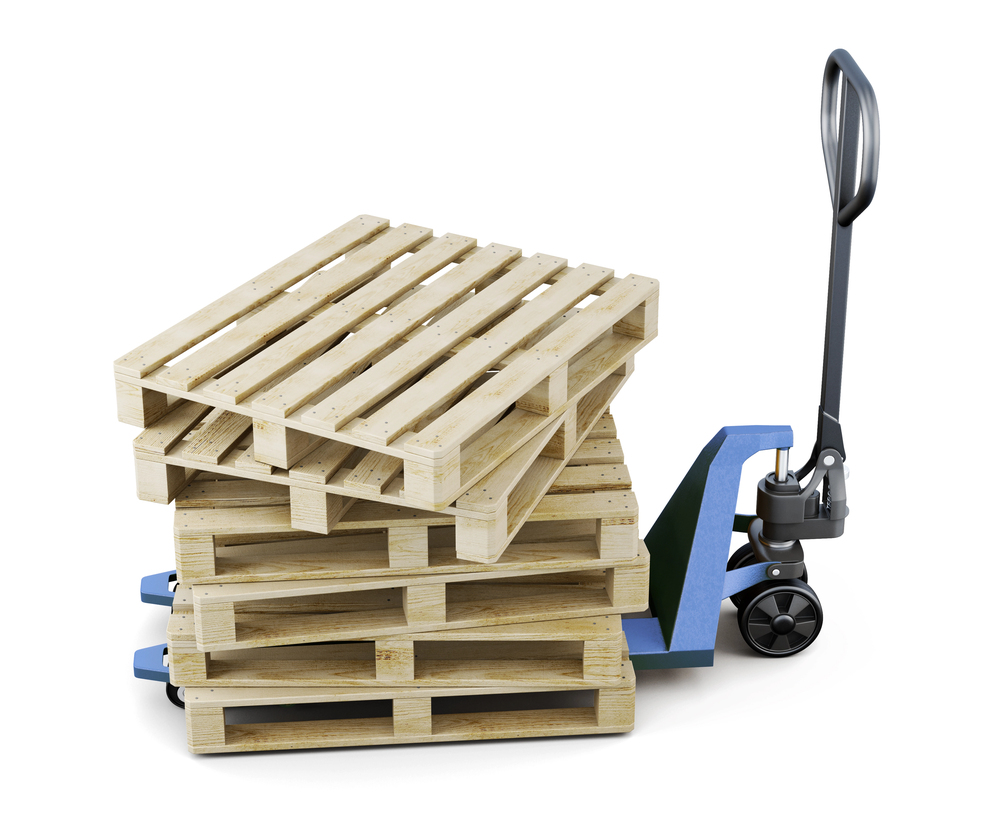Palletized shipping is significant in the logistics and trucking industry, it makes the task of maneuvering goods from location A to location B easier. The type of pallet and the way it is used can affect the cost of shipment as well as how smooth the journey goes. From the GMA pallets to standard pallets, pinwheel loading among other techniques it comes to how the palletized load will be planned and handled, there is quite a lot to decide.
First, there is the pinwheel pallet method. Pallets turned to lean toward each other will provide much better load stability and make the most out of any truck’s available space. This technique, apart from more general ones such as GMA pallets and standard pallets, provides an ability for every business to act smart while choosing their shipping pallets and loading techniques to further control shipping costs and facilitate seamless operations.

Understanding Common Pallet Types
Standard Pallets (GMA Pallets)
Most GMA pallets have a standard measurement of 48″ x 40″ and a weight capacity of about 4,600 pounds making them most logistics’ first choice. The typical weight of such pallets may range from 30 to 50 pounds and be widely accepted across a variety of industries. GMA pallets are the most practical and cost-effective option for most shipments.
Custom/Smaller Pallets
These pallets are helpful when you need to maximize the space of a 53-foot trailer, allowing for better load configuration. Smaller pallets provide flexibility for those shipments with unique dimensions or sensitive items, helping to fit your freight securely while taking up less space.
Larger Pallets
Larger pallets are built for handling bulk shipments or heavier items that exceed what standard pallets can hold. While they offer the benefit of supporting more weight, they can take up more room in a truck, meaning you’ll need to think about how to best load and distribute them. In a 53-foot trailer, using larger pallets can impact how much cargo you can fit, so it’s important to plan out the loading technique to make the most of the available space.

Loading Techniques and Their Impact on Shipping
Pinwheel Pallet Loading vs. Straight Loading
Pinwheel pallet loading involves rotating every other pallet in the direction of the rest to fit more into the trailer, therefore using more available space. It’s great for full truckloads or dry van trailers where fitting more pallets is key. Straight loading involves placing the pallets in neat, uniform rows. This process is a little simpler and, most of the time works out just fine when stability is necessary, such as in refrigerated trailers. Pinwheel loading is better when one needs to maximize space while loading straight is best when a simple rigid setup is required.
Loading Trucks for Stability and Safety
When a trailer is loaded, the weight must be distributed evenly for safe transportation. Correct weight distribution prevents trailer swaying by providing an even load. This is important from both performance on the road and a safety viewpoint. Pallet jacks are useful tools that help move and position pallets during loading and unloading, making the process smoother while keeping the weight securely placed. Whether using dry vans or refrigerated trailers, careful attention to how loads are placed and balanced can help keep shipments stable and secure during transit.

How Many Pallets Can Fit in a Trailer?
53-foot Trailers
A standard 53-foot trailer can accommodate 26 to 30 standard pallets, depending on their loading and the actual size of the pallets. The size of most standard pallets is normally 48 inches by 40 inches, and about 26 pallets can be accommodated in one row of loading. However, pinwheel loading, which involves turning the pallets for a tighter fit, can allow for up to 30 pallets in some cases. Factors like the shipment’s total weight and the specific dimensions of the freight can also affect how many standard pallets fit in the trailer. Businesses often aim to optimize pallet placement to reduce the number of trips and, in turn, shipping costs by fully utilizing the available space in a 53-foot trailer.
Refrigerated Trailers
There are several things to keep in mind when shipping refrigerated trailers, such as temperature-sensitive goods and maintaining proper airflow. Certain cold storage shipments can use pinwheel loading or turning off the pallets to maximize space without compromising the trailer from maintaining the required temperature. Overpacking should not be done lest it hinders air circulation and thus the quality of all goods involved. Size and method of loading the pallets become even more important in these trailers since the priority will be to balance the number of pallets while protecting the integrity of the chilled or frozen cargo.

The Benefits of Using the Right Pallet Option
Stable Loads
The right choice of pallets will make all the difference in maintaining stability for your load, especially fragile goods. A stable load helps avoid breakage at the time of transport and lowers the possibility of damaged items, along with the headache associated with it. The weight of the pallet is also another important factor; lighter pallets can help minimize shipping costs due to the reduced total weight of the load. In addition to this, pallet size and type have to be included because both bear on the amount of space used, which will be a factor in how much you are spending in total on shipping.
Improved Loading Efficiency
Loading techniques, such as pinwheel pallets, allow for more pallets in the same space, optimizing every truckload. It doesn’t just improve efficiency for the use of available room space but also speeds the process of loading and unloading. Pallet jacks make the action of pallet handling quicker while reducing the amount of labor needed to get a particular job done. Save time and money by making loading easier, yet get more pallets on the road.

Key Considerations
Weight Restrictions and Distribution
Knowledge of the weight restrictions is important to avoid fines and to keep everyone safe on the highway. With a balance of the loads across pallets, maintaining the balance inside the trailer will help avoid accidents and make the drive smoother. Proper weight management also protects the truck’s tires and suspension, reducing wear over time. By distributing the weight correctly from front to back and side to side, drivers can avoid shifting loads and make the trip safer overall.
Space Optimization for Cost Efficiency
Making the most of the available space in a dry van or other trailers can lead to noticeable savings. Using smart loading techniques, like working with double doors or arranging pallets thoughtfully, allows companies to fit more into each trip. The way pallets are chosen and arranged directly affects how stable the freight is and how cost-effective the shipment will be. By packing trailers more efficiently, businesses can cut down on the number of trips and keep shipping costs lower.

Conclusion
Selecting the right pallet type and loading method can have a noticeable impact on how well the shipping process goes. Using techniques like pinwheel loading and reliable options like GMA pallets helps improve weight distribution and make better use of space. These choices can help reduce shipping costs and keep freight stable, making the entire transport process smoother.
Pinwheel loading, in particular, stands out as a useful technique for securing loads and preventing shifting during transit. When paired with GMA pallets and thoughtful weight distribution, it creates a solid foundation for cost-effective and safe freight transport. To make the most of these benefits, it’s worth consulting with experts who can help determine the best pallet options for each specific shipping need.



